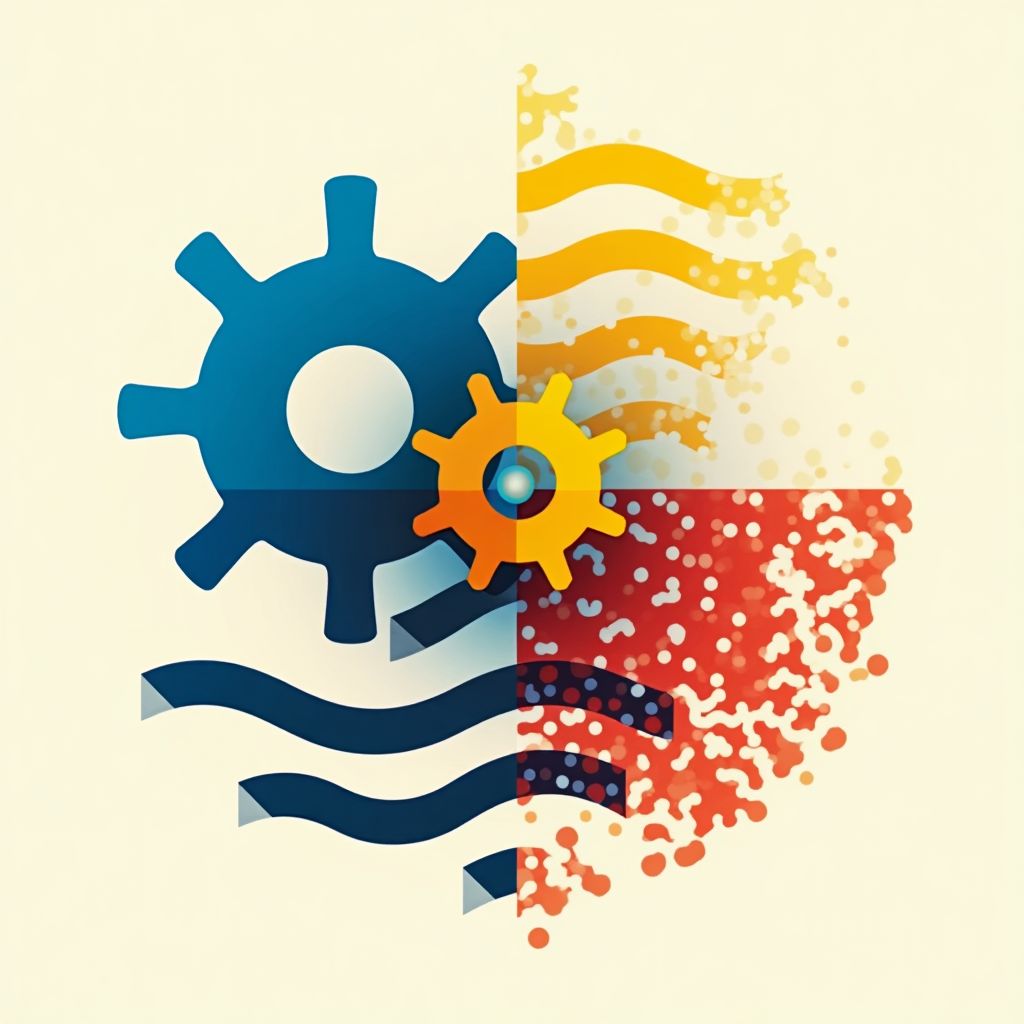The mind is sharpened through struggle. - Unknown. The intricacies and dynamics of global geopolitics often mirror this timeless adage. As conflicts erupt and economies shift, nations are challenged to rethink strategies, creating opportunities for reinvention and growth. In today's interconnected world, the struggle translates into redesigning alliances and upgrading defense strategies to keep up with emerging threats. As Trump possibly advances into a second term, one critical area demanding immediate attention is the North Atlantic Treaty Organization (NATO). Seek a better understanding of what's at stake and why it's pertinent in the contemporary landscape as we explore Peter Zeihan’s take on Zeihan on Geopolitics regarding the evolving role of NATO.
In this stirring exploration, the discussion focuses on NATO as a mechanism for enhancing global security amidst growing geopolitical tensions. How will Trump 2.0 handle the delicate balance between enforcing European burdens and consolidating alliances to combat new-age threats like China's growing influence and Russian resurgence? Buckle up for a tale of political intrigue, military obligations, and the evolution of age-old partnerships desperately seeking fortification against modern predators. Is NATO ready for a new era?
The Ukraine war has acted as a wake-up call for Europe, compelling nations to prioritize defense like never before. In Trump's potential second term, the agenda for Europe's defense spending—and their complicity with U.S. policies towards China—seems set in stone. In Trump's first round, he floated the idea of ramping up defense contributions from NATO members. Now, the palpable impact of geopolitical unrest seems to make this aggressive fiscal demand not just feasible, but a given.
The European Evolution: From Reluctance to Readiness
During Trump's first term, encouraging European nations to bolster defense spending was met with reluctance and foot-dragging. This time around, the game has changed remarkably. The reality of regional instability, dictated by the unease of Russia—fueled wars and China's underhanded support to these disruptions, has managed to transform reticence into resolve across oceans.
The European mindset shift is manifesting in national policies, where once idle defense budgets have become a focal point. European nations, once hesitant to breach the 2% GDP defense spending target, now face realities urging them beyond 3% and, possibly, 4%, sparking conversations projecting as high as 5%. The discussion here extends beyond mere numbers. It's about acknowledging the desperate necessity to resist the aggression that threatens Europe's doorsteps.
Poland stands as a prime example in this grand tapestry. With plans to reach 4% defense spending within a few years, Poland finds itself aligned with the ideologies of Trump's administration. The geopolitical climate in Poland presents a unique alignment of viewpoints; rooted in its historical understanding of Russian threats and congruent perspectives with the United States on matters of trade and migration.
Poland and Scandinavia: Modern Knights on NATO’s Chessboard
The relevance of Poland in this international narrative isn't too hard to grasp. Poland's chair position in the European Union allows it to marry its defense ambitions with its strategic diplomatic leverage, enhancing its partnership with the U.S. As Trump anticipates a political honeymoon, Poland transcends from fear to fortitude.
And let's not overlook Scandinavia—where nations have found the secret sauce to balancing demographic stability with agile militaries. Sweden, Finland, and others possess expeditionary prowess and united intent. For them, the symphony of U.S. relations rings loudly over defensive commitments and shared discernment about Russia and America.
France and Germany’s Double-Edged Dilemma
Yet, equilibrium in Europe is often offset by discord. France and Germany's struggles overshadow their unity aspirations. Germany, with its brittling economy, scrambling with dwindling workforce and dwindling resources, faces dilemmas anew. For them, the combination of demographic concerns, economic collapse forecasts, and the energy crisis post-Russian gas era paints a significantly uphill picture.
As Germany and France slog through these hefty challenges, Trump's anticipated fiscal demands for heightened defense stockpiling could exacerbate their economic Achilles' heel. For Germany, tackling workforce shortages amidst heightened defense asks feels like being asked to climb mountains wearing shackles of economic constraints.
From the trenches of policy debates to the economic ravines, it remains clear: Europe’s journey to military readiness is a story interwoven with fear of failing sovereignty and hope in collective power.
Canada: The Reluctant Heir in NATO’s North American Chapter
A closer look at North America reveals a tale lesser spoken. Canada, Trump's unusual ally, embarks on a precarious path. Endearingly described as having run its defense budget into a mathematical rounding error, Canada’s dilemma lies in its vast exposure—fronting Atlantic, Pacific, and Arctic theaters with limited resources.
For Canada, bolstering military prowess risks economic disarray, essentially compromising national sovereignty in Donald Trump’s eye. Despite a possible governmental change on the horizon, NATO’s northern partner traverses a challenging path—one that Donald Trump can leverage due to delicate trade dependencies.
This narrative showcases the contrasting realities within NATO, where power, influence, and fiscal responsibility converge in dramatic twists.
Charting NATO’s Future: Embracing Defense Disparity to Rediscover Unity
Here lies the heart of NATO’s new odyssey with lessons etched in history, sharpened by modern struggles. As old norms are disrupted, nations are offered a chance to rediscover unity amid disparity. Is Trump's influence the herald of transformative change—a necessity for Europe’s continued existence, or another arch over newfound cliff edges?
The answers remain a complex web of political tenacity and fiscal prudence. But one thing remains clear: navigating this intricate labyrinth will transform NATO, ensuring the alliance remains pertinent in its quest for global peace and balance.
As we arrive at this juncture in global history where defense and diplomacy intermingle with dynamic change, you’re invited to ponder: Can NATO's collective strength rise to this test of time? Will nations align their strategies for a unified defense transition, or will economic burdens override necessity?
Join the conversation at iNthacity, the "Shining City on the Web," and become a part of this thriving community as you ponder these geopolitical puzzles. Share your thoughts in the comments below, and remember: only through communal insights can real perspectives emerge as we craft a safe, thriving future where strategies meet aspirations. Become a resident of iNthacity today!
Wait! There's more...check out our fascinating short story that continues the journey: Memories of the Last Dawn
Disclaimer: This article may contain affiliate links. If you click on these links and make a purchase, we may receive a commission at no additional cost to you. Our recommendations and reviews are always independent and objective, aiming to provide you with the best information and resources.
Get Exclusive Stories, Photos, Art & Offers - Subscribe Today!

























Post Comment
You must be logged in to post a comment.